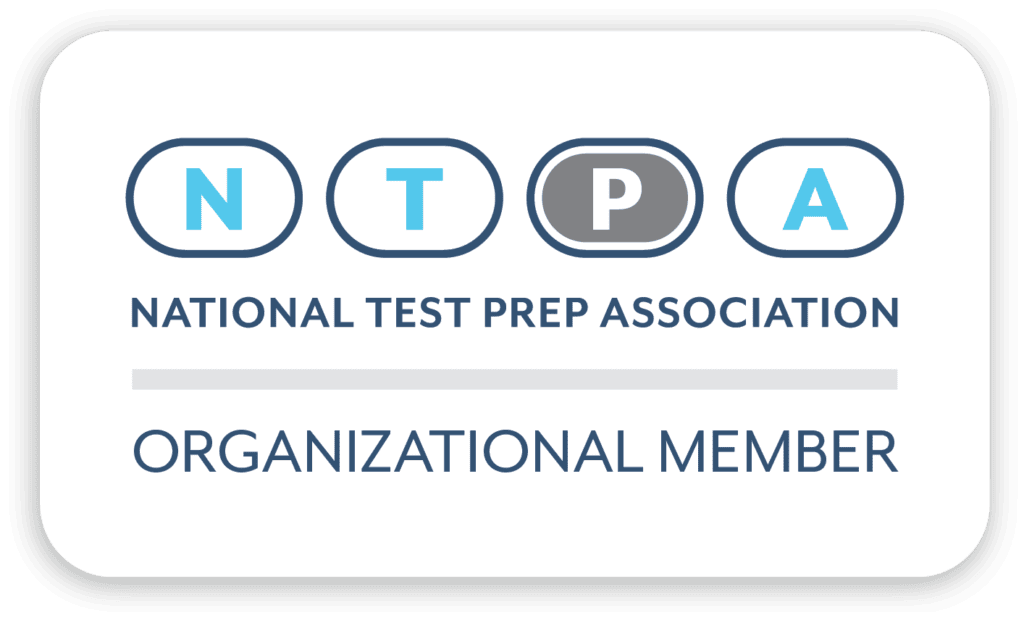It has never been more complicated or confusing to apply to colleges, and test optional policies increase complexity. Students must now decide whether or not to submit scores to each of their schools based on limited information about how this choice will affect their chances of admission. With test optional policies, students are not required to submit SAT or ACT scores in order to be considered for admission, and many colleges have signed on to a pact indicating that a student will not be penalized for a lack of test scores. Test optional policies were gaining ground well before COVID supended SAT and ACT testing for several months, and they have now become common practice nationwide.
The primary stated goal of test optional policies is to increase access to higher education by removing an application requirement that is strongly correlated with wealth. As a lever for increasing equity in access to high-quality education, I personally believe that test optional policies are good, common-sense admissions practices. Students who test well should have the opportunity to submit their scores, and students who don’t feel that the tests represent them well shouldn’t be obligated to submit scores. However, in order for these policies to work well, it’s important that colleges are transparent about how they view testing and how testing plays out in their admissions data.
The admissions data that schools have released thus far show that students who submit test scores are significantly more likely to gain acceptance at competitive colleges and universities. According to Jeff Selingo, who writes extensively on higher education, “In every case I heard so far, students with test scores got accepted more often. In some cases, the admit rate was twice as high for students with test scores vs. those without.” Several of our colleagues, including those at Score at the Top and Compass Education, have dug into the data and found a consistent and significant advantage conferred to students submitting test scores.
This is a classic example of when it is important to distinguish between correlation and causation. Did the students who were admitted with test scores get admitted because of their test scores, or were students who were already likely to be admitted also more likely to submit test scores? Chances are the answer lies somewhere in the middle, which makes it difficult for students to understand what is expected of them. Inconsistency from one school to the next exacerbates this uncertainty, and the spectrum of admissions policies varies widely, from MIT‘s reinstatement of testing as a requirement for all applicants to the University of California’s adoption of test blind policies.
So what does this mean for your student? In order to determine not only which test to take but also if testing is a worthwhile process for your student, the first step is to take a diagnostic SAT and ACT so as to compare the results and develop a plan. In some cases, a student’s diagnostic test results suggest that it is wisest to plan to apply test optional given the distance between their diagnostic scores and the scores they need to feel competitive at the colleges to which they hope to apply. If, however, a student has initial results that suggest that their target scores are reasonably within reach, the data strongly suggests that they should test.
The extra complicated piece here is that a student may submit test scores to some colleges but not all. Generally speaking, it’s easy to find a college’s average SAT and ACT scores online, and usually the first data you will find is the 25th to 75th percentile of scores. This shows the score range of the middle 50% of students, meaning 25% scored lower than the low end of the range, and 25% scored higher than the high end of the range. If a student has scores that are in or above this range, it is a good idea to submit scores. If they are below this range, applying test optional may be their most strategic option.
The best strategy will vary according to a student’s profile, the colleges to which they are applying, and the many components of their application. If a student who is planning to test ultimately decides not to, consider how they might effectively use the time that they would have spent preparing for the SAT or ACT to further strengthen their applications.






